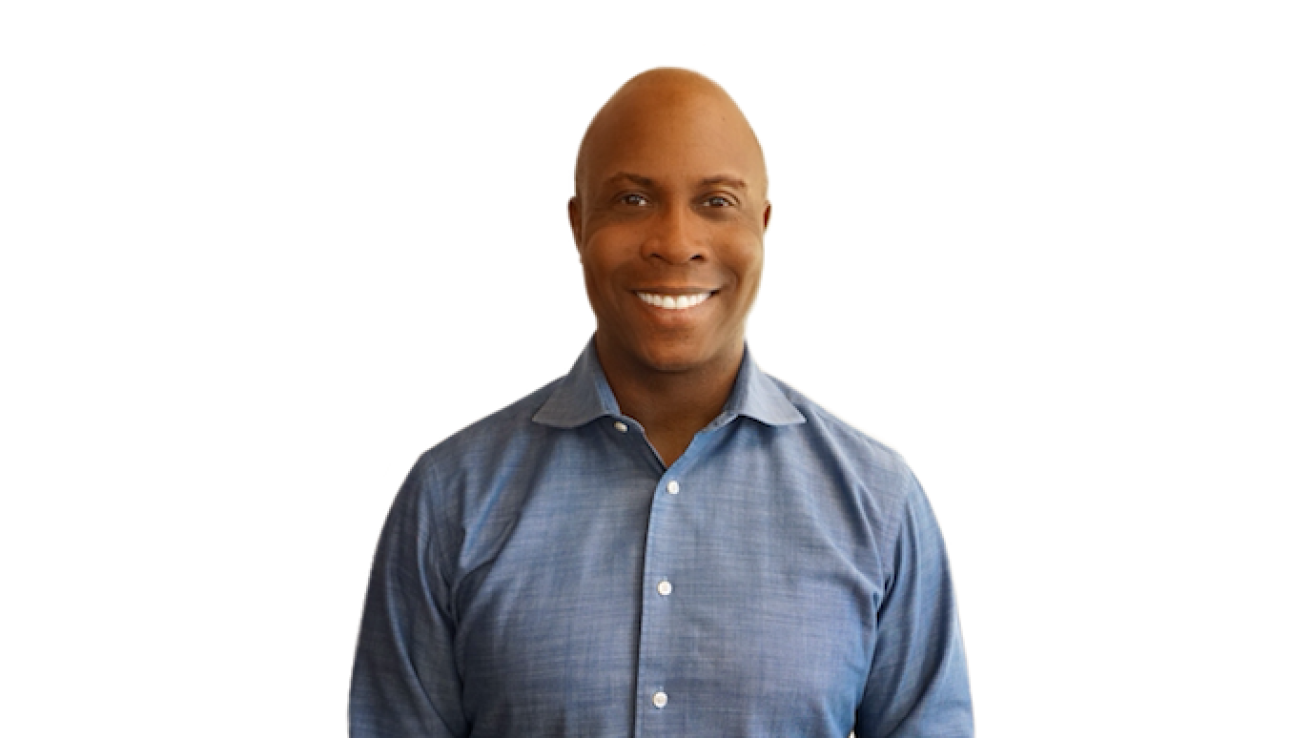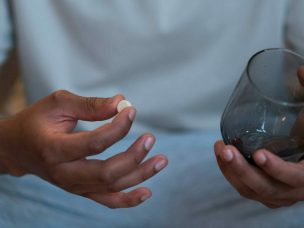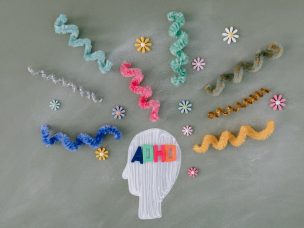In this MD Newsline exclusive interview with child and adolescent psychiatrist Dr. Johnny Williamson, we discuss ADHD underdiagnosis, misdiagnosis, and implicit bias. We also discuss how psychiatrists can reach out to the Black community to rectify ADHD disparities.
MD Newsline:
Is ADHD commonly underdiagnosed and misdiagnosed? What is it mistaken for?
Dr. Johnny Williamson:
“ADHD certainly is very often underdiagnosed and misdiagnosed. I think that the problem with clearly identifying a set of behaviors as ADHD vs. other things is that one, we’re talking about developing children, so five-year-olds are somewhat hyper compared to fifteen-year-olds, right? Or twenty-five-year-olds. They’re less attentive.
So some of these behaviors and the symptoms that are experienced are part of a normal subset of development. The issue is their frequency [and] their intensity are much higher, and the impact is much higher. And so, we may misdiagnose someone with ADHD with a learning disorder.
But the bigger problem, I believe, is that instead of being identified as ADHD, they’re mislabelled as ‘disruptive,’ or ‘misbehaving,’ kind of intentional, willful misbehavior. And why that is so important is because that then labels that child as ‘bad,’ and additionally it pulls that child out of the realm of taking a clinical approach to understanding what they need, and then helping [to] make accommodations and getting interventions to help them.
You know, a child that’s ‘bad,’ that’s the parents’ fault. They need to figure that out. A child with ADHD that’s disruptive because of those symptoms should receive support, care, and accommodations so that we can maximize their ability to learn and proceed in their normal developmental path.
Sometimes I’ll see children with ADHD who were diagnosed with an autism spectrum disorder as well, and I think part of that is looking at the behavior or the symptom and tracking that back to the core: what the etiology is, which brings us a clearer understanding of why we’re getting that behavior, and [thus] more likely to get an accurate diagnosis.
I think there are multiple factors as to why that happens. One is a lot of the time, the area of the highest level of behavioral, emotional, and cognitive performance for kids is school. Not that the teachers don’t have plenty on their plate, but oftentimes ADHD isn’t on their radar.
Oftentimes, [with] minority populations, there’s a lot of inherent biases and interpretations at play, even in the most well-meaning individuals, that can lead us to see a behavior in a young Black child or Latino child, and then because of those biases and assumptions, we interpret that behavior as, ‘this is a child who’s growing up in an impoverished area and this is how a lot of those kids act.’
Or attributing the cause of the symptoms as behavioral as opposed to a child who may have a condition that would be responsive to support and treatment. And so, those are some of the larger factors that I think play into how we would see or understand these symptoms in a minority population differently.
I’ll add one other piece. We can talk about the difficulties and access to care and the disparities around that, but even for those minority children who are able and fortunate enough to enter into the healthcare arena, the implicit biases don’t really seem to have changed much even since the 1950s. They still exist in the providers as well.
And so, for a psychiatrist, psychologist, therapist to meet with a minority child and evaluate their experiences, we’ve seen that there’s a tendency to diagnose more severe conditions. There’s a tendency to attribute cause to simple poverty or parents’ educational level. Things like that.
There’s even studies that talk about natural empathy and how much more difficult it can be or the varying levels of empathy we show for someone who’s within our culture as opposed to outside of our culture. And I don’t mean that we don’t want help for them or that we don’t care what happens. I’m talking about [how] we can understand their experience from their perspective, which then gives meaning to the symptoms.
And so, part of that, again, is, we have the behaviors, we have the symptoms, we have the life experience. Our lens [through which] we understand that is affected by our own personal attitudes, experiences, and perceptions. So no one is without bias, right?
And then when we talk about racial/cultural bias, that tends to lead a provider to make clinical determinations and evaluations that would steer away from something like ADHD to something more like a mood disorder, or autism, or other types of diagnoses.”
MD Newsline:
How can psychiatrists address implicit bias in their practice? How might their doing so improve healthcare for underserved communities?
Dr. Johnny Williamson:
“So, one of the biggest things about implicit bias is that it’s implicit. Right? It’s not a reflection of a person’s intent, oftentimes. As individuals, we bring our own life experience to the things that we learn, train in, and then we apply that art or that skill in our professions.
And so recognizing that we’re going to come to these kinds of circumstances with that set of who we are. Now, the world is vast. People are multicultural, multidisciplinary. And so, in order to bring a culturally sensitive and effective approach, it takes one, the intent, and then two, education around what implicit bias is and how it affects you.
And so, one of the biggest things is to raise awareness about implicit bias and then provide and encourage folks to engage in training and get a greater understanding of that. I personally believe that these are practices that should ultimately be a part of the training process for healthcare providers.
And then another highly effective way of attacking implicit bias is increasing representation of minority providers. Right? By working and communicating with physicians of color, that experience helps bring into context some of the ways bias shows up.
And then that awareness for that person who has some implicit bias, right? Awareness of the bias can be factored into how they evaluate that circumstance. And then that gives a more accurate diagnosis and more effective treatment.
And so, I think at the level of provider, that’s probably where we have the most direct and broadest impact, is to have the healthcare community be more representative of [the] populations [they] serve.”
MD Newsline:
How would you recommend psychiatrists reach out to the Black community to rectify ADHD disparities?
Dr. Johnny Williamson:
“I think there needs to be outreach and education in the Black community, in the Latino community, in communities of color of what ADHD is. We tend to see far more impactful change when the people we’re caring for understand more about what’s going on. That helps drive their willingness and likelihood to seek care. It affects what they present when they come for care. And I think that’s one of the most vital areas.
I think that we also have to be willing to be direct around some of the reasons that minority communities may struggle with stigma around a medical diagnosis. And also may be untrusting or unwilling to turn their child over to the healthcare profession for fear of what might happen.
There’s a lot of misconceptions about ADHD and its treatment. But it’s not without basis that there’s a reluctance in minority communities to trust the healthcare system to take care of them and their children.
And so, I think an educational effort around what it is and how to understand it culturally appropriately. And then if you combine that with having providers that have this ability to minimize the impact of implicit bias, understand their cultural experience, I think that through that experience and the outcomes you get, that relationship with minority communities grows.
So there’s some repair that needs to be done institutionally with regard to that. But that starts with each individual provider and each individual person who comes in for care and also taking approaches that are designed to reach the community. Having awareness campaigns. Being willing to go to a school and talk to the teacher, the parents, or even the students.
So awareness is key. I believe once you provide knowledge and information, people know what to do with it. And so I think those are some of the important ways that we can start to repair that relationship.”
Responses have been condensed and lightly edited.










